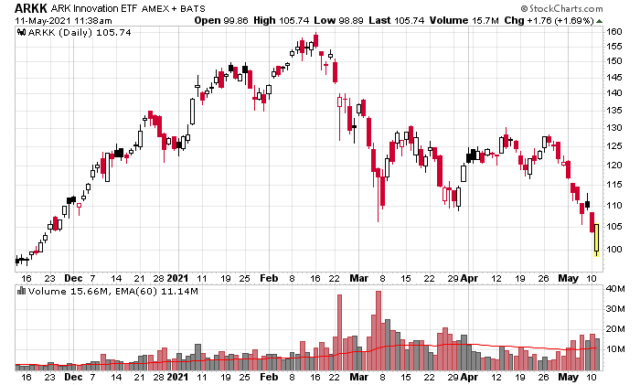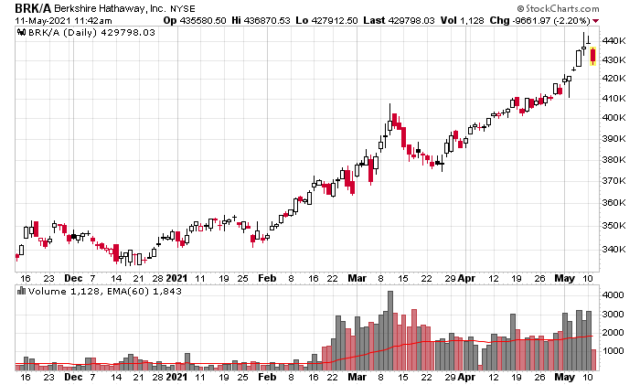There appears to be a win-win situation coming for Canadian oil and gas companies.
I normally avoid politics on this site except when it intersects the financial markets, and this is one of those cases.
While publicly pooh-poohing the construction of hydrocarbon pipelines to placate their environmentalist voter base, the current federal government took actions to effectively kill the “northern gateway” pipeline and “energy east”, both of which were to provide egress from the Alberta/Saskatchewan production areas. In particular, Energy East would have solved the problem of how Ontario and Quebec could source an energy supply strictly through Canadian territory (something they are not doing presently!). Bill C-69 of the previous parliament (the enactment of the “Impact Assessment Act”) was the spike into the heart of further development, which allows the federal government to drag any development through light-years of muskeg bureaucracy for approval – unless if such a project receives its royal blessing. Indeed, it had exactly this effect.
However, our current government has also displayed some very glaring inconsistencies in their approaches to many things. I’ll leave most of it for the opposition parties to pounce on, but one of them has been the acquisition and subsequent ongoing construction of the TMX pipeline from Kinder Morgan – an opportunity for graft that even the Liberals couldn’t give up. Most people associate the TMX purchase with the expansion of the pipeline, but many less are aware there is a fully functional pipeline already in place (which, if you read Kinder Morgan Canada’s prior financial statements, generated a ton of cash flow).
To the present day, the biggest piece of hypocrisy has been the reaction to the governor of Michigan threatening to shut down Enbridge Line 5. Instead of cheering on the Michigan governor for her bold stance on reducing evil carbon emissions associated with the transportation of fossil fuels, especially in a potentially destructive manner that would spill oil inside the Great Lakes, the current government has shown grave concern for the shutdown of Line 5. Since Line 5 supplies over half of the raw fossil fuel product for Ontario and Quebec, a shutdown of this pipeline would have catastrophic economic consequences for the region.
Because of the regional effects (Alberta and Saskatchewan are a political wasteland for the Liberals and hence they will never lift a pinky finger to do anything beneficial for the region that won’t also benefit their power base of Ontario or Quebec), this is why the Liberals are screaming foul and suddenly the continued operation of an oil pipeline becomes paramount.
Enbridge said it won’t stop the pipeline unless if ordered to by a judge.
However, on the backs of everybody’s minds (especially those in Alberta and even those in Enbridge itself), I think there is a significant segment that actually want the pipeline to be shut down, at least for a month or two when it will become glaringly obvious that there is indeed a connection between the smooth functioning of hydrocarbons and people’s everyday lives.
It is an interesting political calculation – while Enbridge would lose short-term cash flow if they shut down Line 5, the pain dished on everybody (on both sides of the border – Line 5 also services a good deal of the American side’s fossil fuel needs in that region) would be quite the marketing lesson. Canadian producers as well would have to scramble to deal with the storage and transport situation (and oil-on-rail would get a temporary kick).
So what is this win-win I’m talking about?
After this debacle, it will be really difficult for the Liberal government to talk trash oil pipelines. Only the NDP and Bloc can remain ‘ideologically pure’ on the matter and maintain an opposition to it.
If there is a disruption in Line 5, Canadian oil producers will take a short-term hit, but this would be transitory. If there is no disruption on Line 5, the message is still intact – even southern Ontario and Quebec need oil to function – it’s just a question of where they’re going to get it from.
The completion of the construction of Enbridge Line 3 in Minnesota (estimated Q4-2021) and TMX (est. Q4-2022), will bode well on this front for Canadian oil. There’s still a US$13 or so differential between West Texas Intermediate and Western Canadian Select, and Canadian producers (which are already very profitable at current WTIC levels) will be able to make even more – and so will the Albertan government, which makes a pretty penny out of the royalties coming out of the oil sands.


